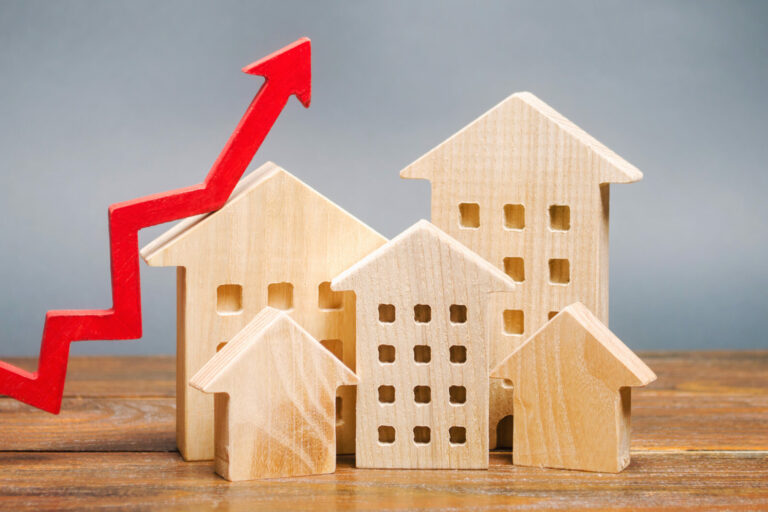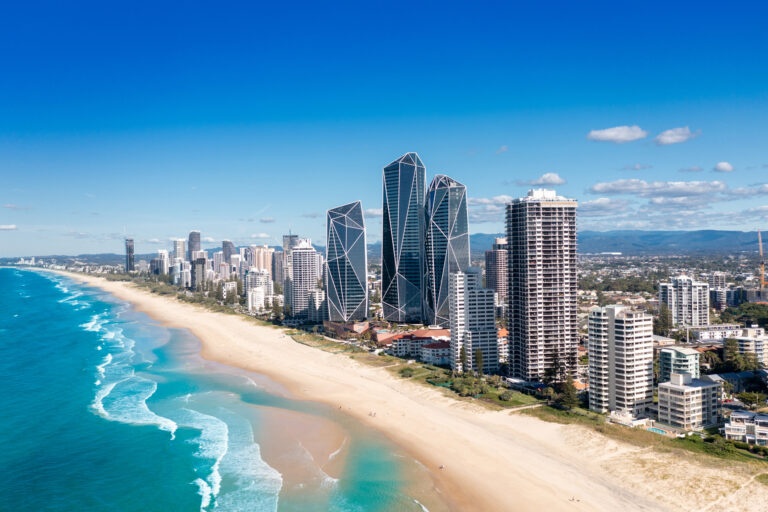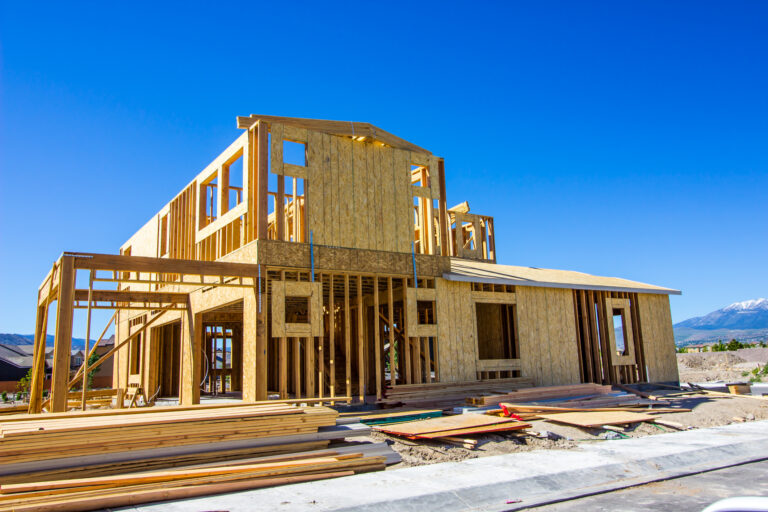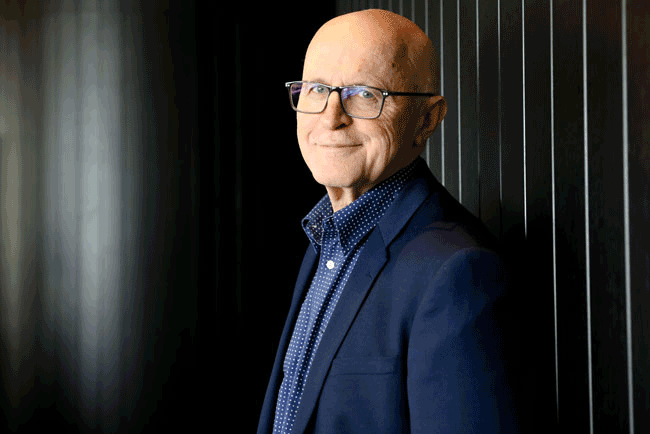This Week in Real Estate – 5th February 2022
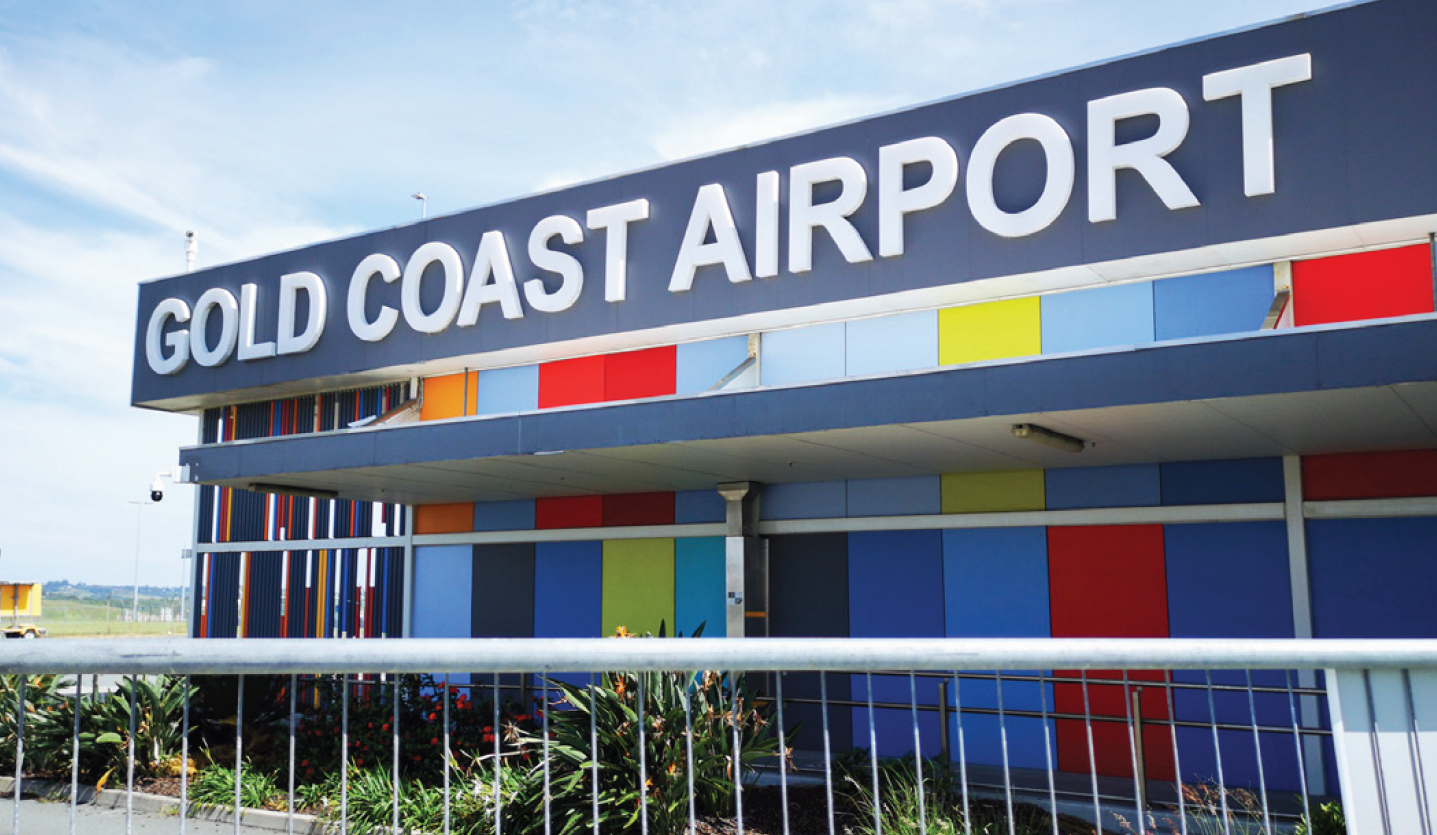
Queensland Tops Global List
Queensland has topped the list of destinations tourists are planning to visit with new research showing that four of the nine top tourist destinations in the world are in the state. The Sunshine Coast was selected as the world’s most loved destination, followed by the Whitsundays in second spot, Noosa in fifth spot, and Cairns in ninth spot on the Tourism Sentiment Index.
The study is compiled from almost two billion online posts about travel experiences of 20,000 destinations. The Queensland locations beat other exotic locales such as Bora Bora and the Caribbean.
The results are good news for Queensland tourism operators as restrictions on international travellers begin to lift. Airports in Cairns and the Gold Coast are only weeks away from the return of international flights, with the first Singapore-Gold Coast flight on February 15.
Get Wet surf school’s Kerri Jekyll says it’s good to “see some light at the end of the tunnel”. “The Gold Coast depends on internationals, so the return of international students and working visa holders will be great,” she says.
Everyone Wants A Piece Of The Gold Coast
Everyone wants to own a piece of the Gold Coast with both developers and owner occupiers searching for properties. GV Property Group agent Luke Reaby, says the number of interstate developers interested in apartment sites increased substantially in 2021.
“Around half of our sales over the year went to interstate developers,” he says. “Most, if not all, of the developers we’ve spoken to who secured a site in 2021 have already secured a second or even third site or are otherwise still on the hunt for another given the pent-up demand for new apartments.”
He says developers believe the Gold Coast apartment market will thrive as it is affordable and offers an enviable lifestyle.
The strong demand means many developers are struggling to find sites particularly around popular suburbs such as Broadbeach, Mermaid Beach, Burleigh Heads, Palm Beach and Coolangatta.
“Their belief is that the Gold Coast apartment market will thrive for years to come which is partly due to the interstate migration, affordability, proximity to the beach and of course the lifestyle.”
Price Rises Defy Economists
The smaller capital cities and key regional areas are leading the strong price growth that continues to sweep across Australia, in defiance of claims by economists that the boom is over.
The 1 February report on prices from CoreLogic shows that eight of the nation’s 15 major market jurisdictions recorded house price growth of 1.8% or more during January (which, annualised, means a growth rate above 20%).
The out-performers in January were led by Brisbane, which rose 2.5%, followed closely by Adelaide and Regional South Australia on 2.3%. Regional Queensland grew 2.2% and
Regional Tasmania 2.0%, while Canberra, Regional NSW and Regional NT all rose 1.8% or 1.9% in January.
The under-achievers were Sydney (0.8%), Melbourne (0.5%) and Perth (0.7%).
In annual terms Brisbane leads, with its median price up 32% to the end of January. Regional NSW is up 32%, while Regional Tasmania and Sydney have both risen by just under 30%. Adelaide and Canberra have risen 28%, with Hobart and Regional Queensland up 26%.
Interest Rates Stay On Hold
Despite many analysts warning of the possibility of an interest rate rise, the Reserve Bank ruled at its February meeting to keep the official rate on hold at 0.10% and reiterated that rates will not rise “in the near term”.
Mortgage Choice CEO Susan Mitchell says RBA Governor Philip Lowe has ruled out a cash rate rise until national wages growth is “materially higher than it is currently” and is keeping to that promise.
Bluestone economist Dr Andrew Wilson describes the constant speculation of an upcoming official interest rate rise as “clearly nonsensical”, while Real Estate Institute of Australia president Hayden Groves also doesn’t expect rates to move any time soon, particularly in light of the latest CPI numbers.
He says the CPI increase of 1.3% in the December Quarter and 3.5% for the year points towards relatively stable monetary settings for the rest of 2022.
Speculation of an interest rate rise has done little to dampen the property market, with CoreLogic data showing house prices rose another 1.3% in January.
Aussie Rents Continue To Climb
The huge demand for rental properties at a time of ultra low vacancies pushed rents up in 2021 to their highest calendar year growth in 14 years.
The latest CoreLogic quarterly Rental Review shows rents increased 9.4% in 2021, only slightly lower than the previous record in 2007 of 9.44%.
CoreLogic Head of Research Tim Lawless says rents are under extraordinary pressure for a number of reasons.
“For more than 18 months we’ve seen demand for detached housing continue unabated as more renters work from home, either on a permanent or now hybrid working arrangement, which drives demand for more spacious living conditions,” he says.
This coupled with investor activity remaining below historic norms, resulting in low vacancies, means rents continue to push upwards.
Regional rents outpaced capital city rents in the last quarter of 2021, up 2.5% compared with 1.6% in capital cities.
